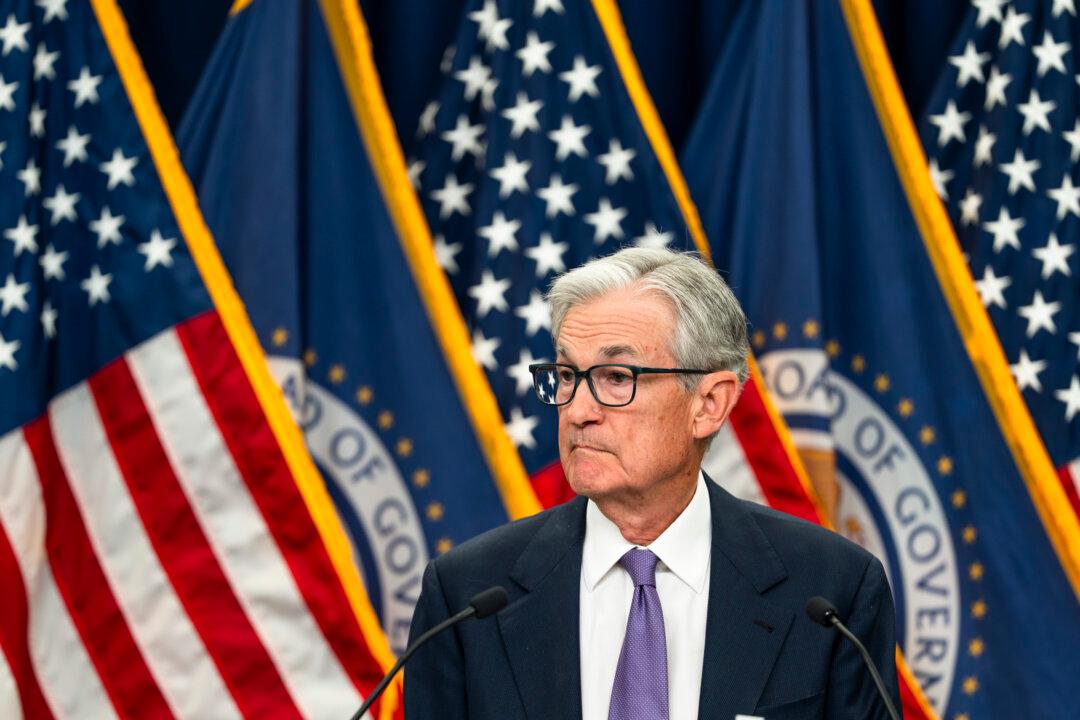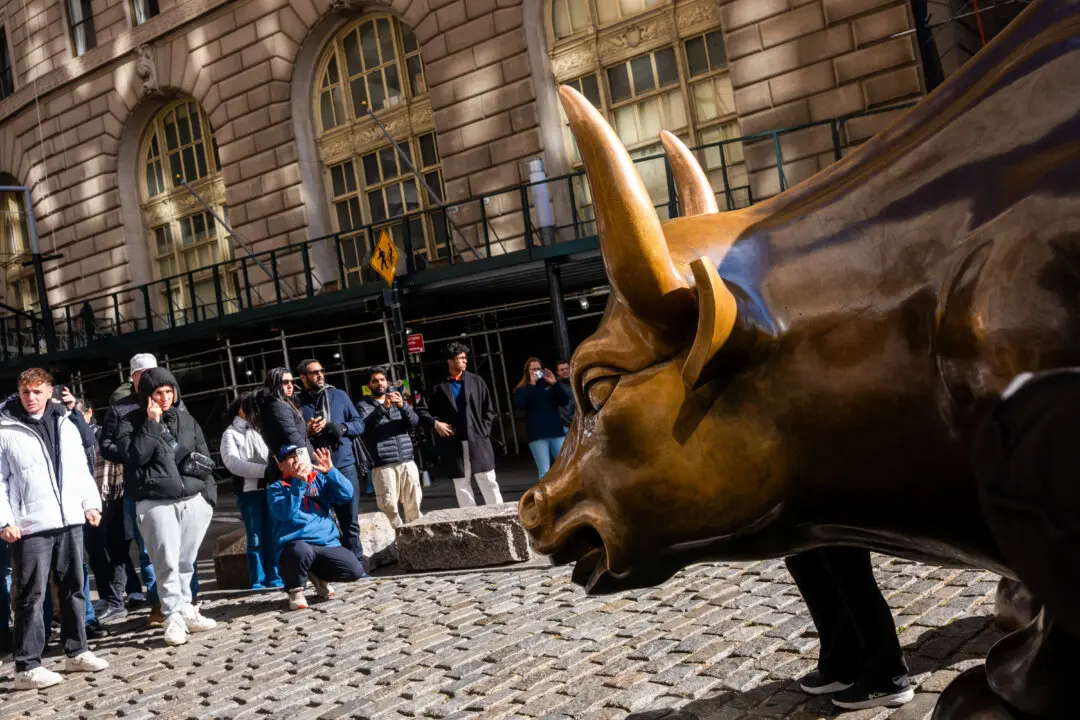Commentary
Argentina’s vote began a trend that may have strong repercussions for Latin America, as well as Europe, and perhaps the United States. With 143 percent annual consumer inflation, 133 percent central bank interest rates, long gas lines, and a perpetually depreciating currency, voters in Argentina had little to lose by voting for change, since capital flight out of Argentina to Uruguay, and other financial havens, had become commonplace.





